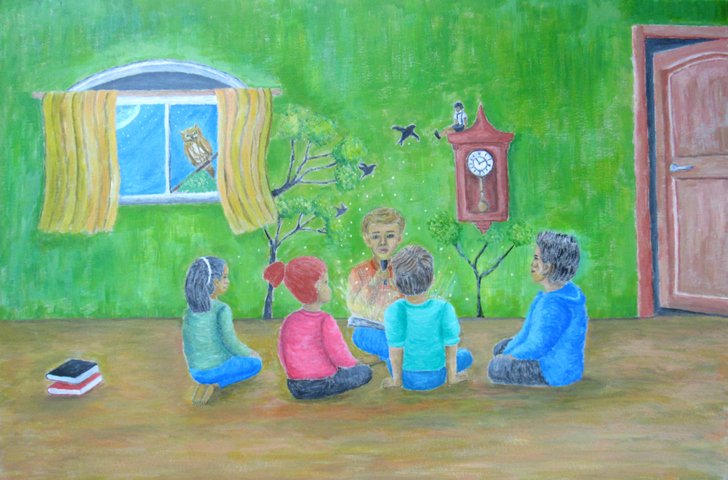
The door opens, you both step into the car and she pushes the button for the lobby.
It’s a few floors down so you decide to strike up a conversation about the event that you just attended. She then asks: “What do you do?”
Surely, you’ve had several opportunities to deliver your elevator pitch without having
to actually be inside an elevator. However, knowing a definitive cutoff for the encounter
demands brevity and a stunning ability to leave a lasting impression on the other person. How do you make the best use of this moment?
One can argue that you can never be ready for a chance encounter that could lead to a
potentially large gain for your nonprofit. Granted that each time is unique, you can still have a game plan that will help you to begin from a point of clarity and confidence.
Stick with the basics.
Your pitch must be grounded by answering three questions:
- Who is served by your mission?
- How do they benefit?
- Why does it matter to you?
The first two can be lifted directly from your website. The third should be centered
around YOU.
Come from a genuine place.
A dear friend and mentor once told me, “More important than your message is your
relationship with your message.” At that particular moment, the person talking to you
is interested in you. Information that reveals who you are will do a better job holding
his attention during the short ride. Therefore, by all means, make it personal.
“Our mission matters so much to me because…”
“Working in this nonprofit gives my life meaning and purpose because…”
Your pitch is not a list.
Too often, I hear nonprofit staff rattle off their programs while the other person’s gaze starts to wander. Once you lose eye contact with the other person, they have a great excuse to disengage. Your audience will remain captive with a conversation, not a set of bullet points.
Be an opportunity maker.
Now that you have her undivided attention, she may want to spend a few more minutes with you even after you’ve both left the elevator. This is your chance to switch the focus and make it about the other person. What can she gain from this brief encounter? Can she learn about recent critical developments in your field? Can he benefit from meeting someone on your board? At this point, be an active listener.
Seth Godin said, “The best elevator pitch is true, stunning, brief and it leaves the listener
eager (no, desperate) to hear the rest of it.”
Your pitch scales your mission down to a human level for the other person to grasp.
By making it personal and meaningful for yourself, your passion for the cause will easily come across in an authentic manner. This is what resonates with your listeners. It will make them want to continue the conversation and find their own meaning in your mission.
If you’re interested in how Barkada Circle can guide you in honing your elevator pitch, send us an email or call us at (773) 852-3522.




